The day finally arrived! We were on our way to Europe. I had to keep reminding myself that we were going to be living as Europeans for the next two months and there was a lot of pre planning to do, including bills due in October that still come by paper mail. Regardless, I had planned well and felt prepared. At least I didn’t have that empty feeling that something had been forgotten.
We had chosen the flight well, a red eye that left at 11 pm and brought us overnight, while sleeping, to lunchtime in Paris. Aside from Nellie’s upset and discomfort and the occasional bump from behind, the flight was smooth, as was our transition to Hertz. Landing on French territory made it mandatory for all of us to kick in our French language training.
The North
An hour and a half outside of Paris was our first stop, the amazing town of Chartres (“Shart” for all you anglos). Chartres was chosen for our itinerary for a) being far enough outside of Paris that accommodations were cheaper and b) for the amazing Cathedral of Chartres. This cathedral was built just years after the famous Notre Dame, is over 800 years old and the master architect is unknown. Its major claim to fame is that it houses the Veil of Mary. The politics, both by dukes and duchesses and the church are quite fascinating also. We arrived in the late afternoon and by the time we had dinner (sûper, or “soopay”), it was dark and the cathedral was lit up with a glorious light show on it’s main entrance face, little by little illuminating details on the wall. After a night in bunkbeds (a hotel for traveling business people for cheap) we left to re-visit the cathedral in the day and to visit the market. We immediately started our new diet of croissants and du pain du chocolate (doo pan doo chocolate or croissants with chocolate inside).
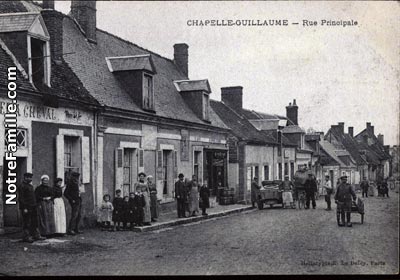
Our main stay for the next five nights would be three hours Northwest, in the small town of Créhen, Brittany. On the way were some important stops. First stop La Chapelle-Guillaume (Gee Ome), the small ville, (and by small, I mean about 5-7 stone homes and buildings all along the roadside, where to buy groceries one has a short 2 km drive to the next ville is required) where Hakim’s grandparents had bought a vacation home and eventually retired at. A short bit down the way is where they are buried also. We were fortunate enough to find the back gate open to their yard. I was shocked to see that the home was in ruins, the roof caved in and plants plainly growing inside the main part of the home. Such a beautiful area and a well built stone building come to ruin is a sad site.
Our next stop was to see our first medieval castle, Chateau de Nogent. Before leaving for France, we had watched a few documentaries on how to tell a medieval building apart from just an old one. One of the biggest giveaways is each new story of the building is protruding out further than the previous level. In castles, this is also seen in the towers. That’s a whole other interesting history lesson on why its this way, some of it practical, some just esthetique. In the case of the castle we visited, it was esthetique.
Luckily we had had a large lunch of baguettes, cheese you try to eat without smelling and (unfortunately) cow tongue and so were not too bad off to get to Créhen after everything closed. We slept fast and well that night to the crickets of the countryside.
The gorgeous oceanside city of St. Malo was next on our to do list. St. Malo had been captured by the Germans during the Second World War and nearly 80% had been destroyed by bombs in the recapture of it. Regardless of that, it is a phenomenal port and city. Towering homes, some that appeared to be 5 stories yet not 2 stories wide, made up the neighborhood near the beach. We arrived at low tide, so we walked across the bay to the Fort National built by Sébastien Vauban, a military engineer who revolutionized the art of siege craft and defensive fortifications. He fought in all of France’s wars under Louis XIV’s reign. Along the way the girls got to prod stuck jellyfish, collect plenty of shells and play in tide pools. We slowly made our way back, stopping to admire the replica of the Surcouf. After a brief nap, we went to see the medieval town of Dinan. Medieval it was! Complete with plenty of examples for us to recognize a medieval building.
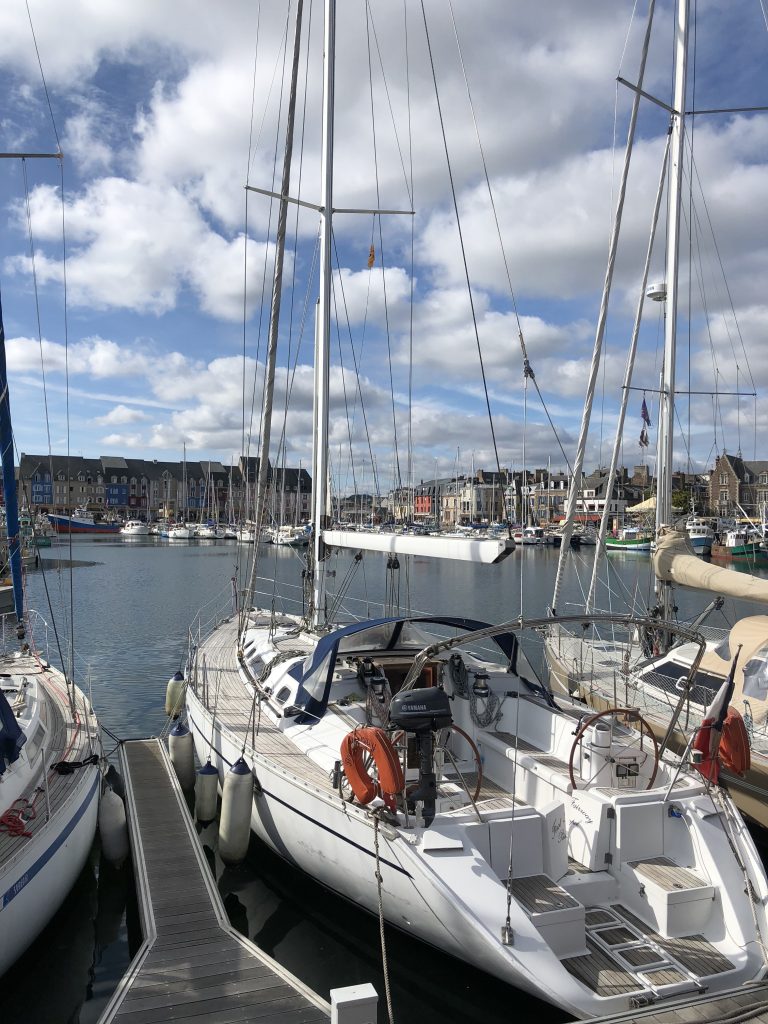
Next, a blast to the past: Paimpol. Not for us girls of course, for us it was a wonderful port town again that we could imagine having a little second home for a quiet getaway. For Hakim, it was re-visiting years of his high school memories. From 12 to 15 this is where Hakim lived, spending his time near the port and crossing the bay, which he happily showed us to do. It was a new experience for sure, having to be okay with sticky mud going through our toes and dodging little crabs caught in tiny pools of water in the 2 km walk across. But cross we did to a beautiful Abbey Beauport. Norah decided that it may be where her wedding takes place.
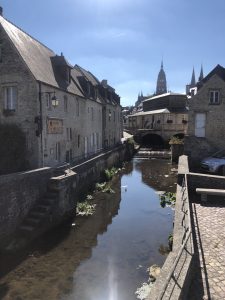 The next day was what I was most excited for: Normandy. While on the 2 hour drive Northeast to the ville of Bayeaux, we listened to our history audio of the Vikings invasion of Normandy, Rollo, the Viking and the first Duke of Normandy, his offspring, William the Conquerer and the Tapestry of Bayeaux. I had always wondered about how we got so much French in our English language and here was my answer (see the post on education).
The next day was what I was most excited for: Normandy. While on the 2 hour drive Northeast to the ville of Bayeaux, we listened to our history audio of the Vikings invasion of Normandy, Rollo, the Viking and the first Duke of Normandy, his offspring, William the Conquerer and the Tapestry of Bayeaux. I had always wondered about how we got so much French in our English language and here was my answer (see the post on education). 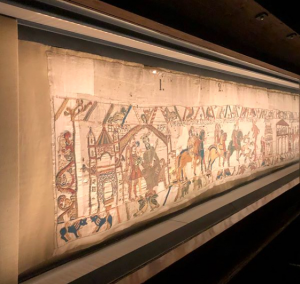 Bayeux was founded by the Romans although it was likely inhabited by the Celts first. We walked over the historic waterwheel, a notable landmark that makes an appearance in most photos taken of the city and was most likely built by the Romans. Then we had a well made individual audio tour of the 900 year old Tapestry of Bayeaux that filled in even more history gaps and wowed us by the sheer size of this thing. We were lucky, as within the year the tapestry is going on tour. A small tour of the city on foot brought us to marvel at the architecture of Notre-Dame Cathedral of Bayeux.
Bayeux was founded by the Romans although it was likely inhabited by the Celts first. We walked over the historic waterwheel, a notable landmark that makes an appearance in most photos taken of the city and was most likely built by the Romans. Then we had a well made individual audio tour of the 900 year old Tapestry of Bayeaux that filled in even more history gaps and wowed us by the sheer size of this thing. We were lucky, as within the year the tapestry is going on tour. A small tour of the city on foot brought us to marvel at the architecture of Notre-Dame Cathedral of Bayeux.
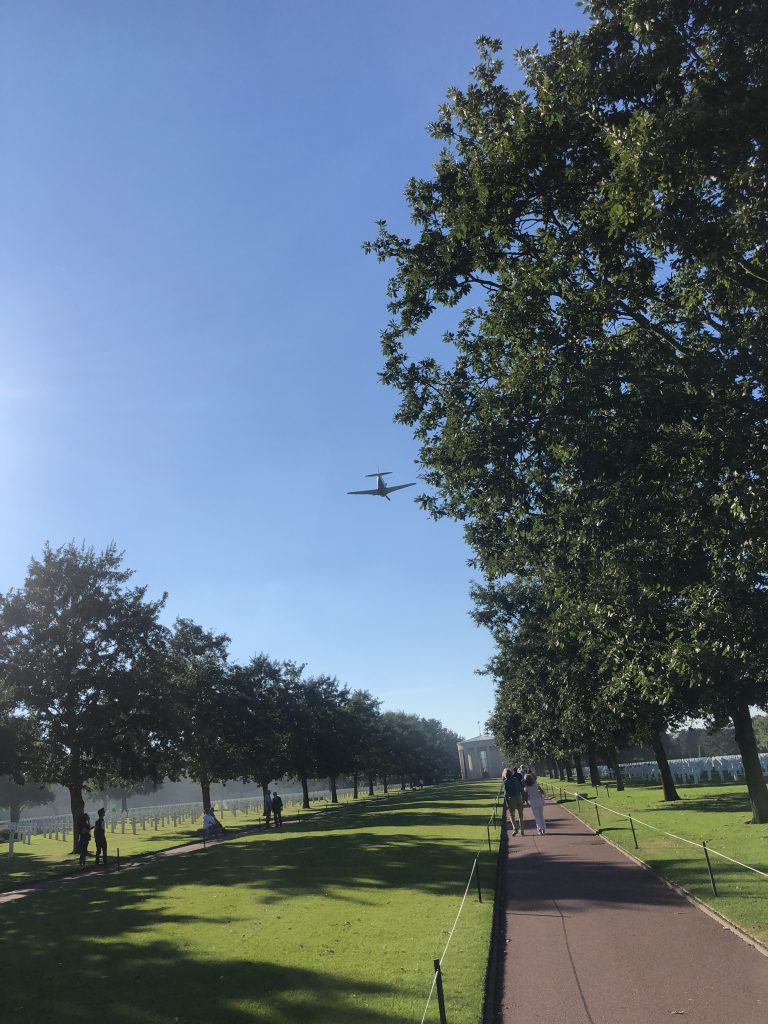
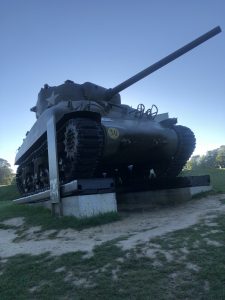 As we had those 2 hours of driving to fill, after learning about early 1400’s history, we fast tracked to more current history: World War II. In a six-part audio lesson, we learned all about Adolf Hitler and his rise to fame and power and of course his agenda. We learned about the Holocaust, which historically means “a burnt sacrifice”, and so many like to remember this time as The Shoah. By the time we reached Bayeux, the mood was heavy and thoughtful, as you can imagine. Bayeux was the first city in the Battle of Normandy to be liberated.
As we had those 2 hours of driving to fill, after learning about early 1400’s history, we fast tracked to more current history: World War II. In a six-part audio lesson, we learned all about Adolf Hitler and his rise to fame and power and of course his agenda. We learned about the Holocaust, which historically means “a burnt sacrifice”, and so many like to remember this time as The Shoah. By the time we reached Bayeux, the mood was heavy and thoughtful, as you can imagine. Bayeux was the first city in the Battle of Normandy to be liberated. 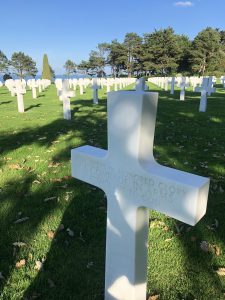
A few kilometres away and through a small stone ville depicting pictures of villagers and the allies with the wreckage all around them, we made our way to the St-Laurent Cemetery, the largest American military cemetery in France. Rows and rows and rows of white crosses lined up perfectly in the grass. Fittingly, two aircraft, flying low and fast flew over our heads while walking through. Nearly 9,385 American soldiers are buried here, with a British and Canadian cemetery nearby. Driving down the road to the beach, we passed by the Memorial Museum of the Battle of Normandy and the tanks that sit out front. We parked at Omaha beach, one of about 7 beaches that were stormed by the Allies on D-Day. Omaha Beach is where the most lives were lost. We perused the beach at nearly sunset contemplating and looking for new shells.
While on our way back, we found new energy and decided to visit the famed and highly touristic Mont Saint Michel. In hind site, this was a very good decision, as nearly Mont Saint Michel gets an average of 3.5 million visitors a year, which is about 300,00 per month, which means that about 10,000 people had visited that day. Although “grotesquely commercial”, visiting at night reduced the effects of the commercialism. The darkness and the small crowd probably was the reason for that and it was well worth the visit, and quite frankly, as beautiful as the hype. We happened to make it the night the tide was the highest in the whole year.
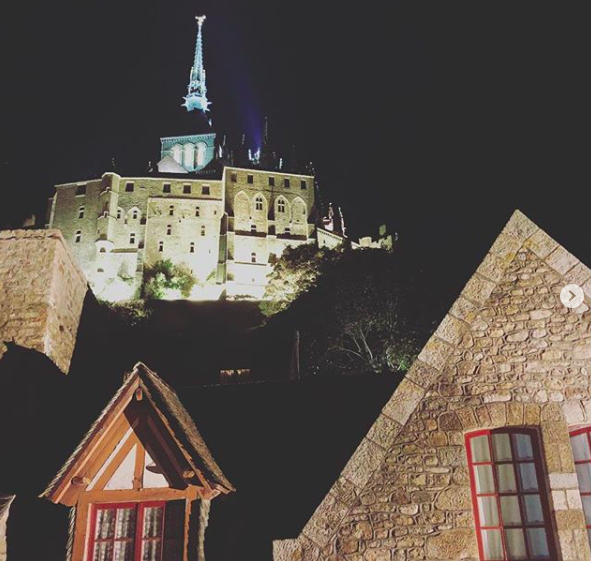
The bus dropped us off 3/4 of the way down the bridge where a crowd was gathering. They were gathering to either decide to shed shoes and socks and roll up their pants to wade across the 6 inch high ocean water to the other side, or to wait for the tide to go down. We opted for the first and so waded through refreshing water to the other side, where a bigger crowd had gathered to wait to get to the other side back to the bus. We made our way through amazing 1,300 year old winding streets and up inclined stairs, into the small church. Then, begrudgingly (we were now losing that new found energy), we climbed the remaining stairs to stand at the entrance to the Abbey. So worth it. Cortnie and I imagined an epic game of capture the flag, where the flag could be the size of a tablecloth and yet would still take some doing in finding it, thanks to all the winding, twisting and off shoots.
Because we saw Mont Saint Michel the night before, we could call this next day an official sleep in and rest day. We caught up on accounts and bills, customer followup and emails. The girls were excited to make their own unpublished blog posts about their journey so far. Rest was important as the next day was our 4 hour journey back to Paris, the final part of our 6 part WWII audio and more historical figures to learn about!
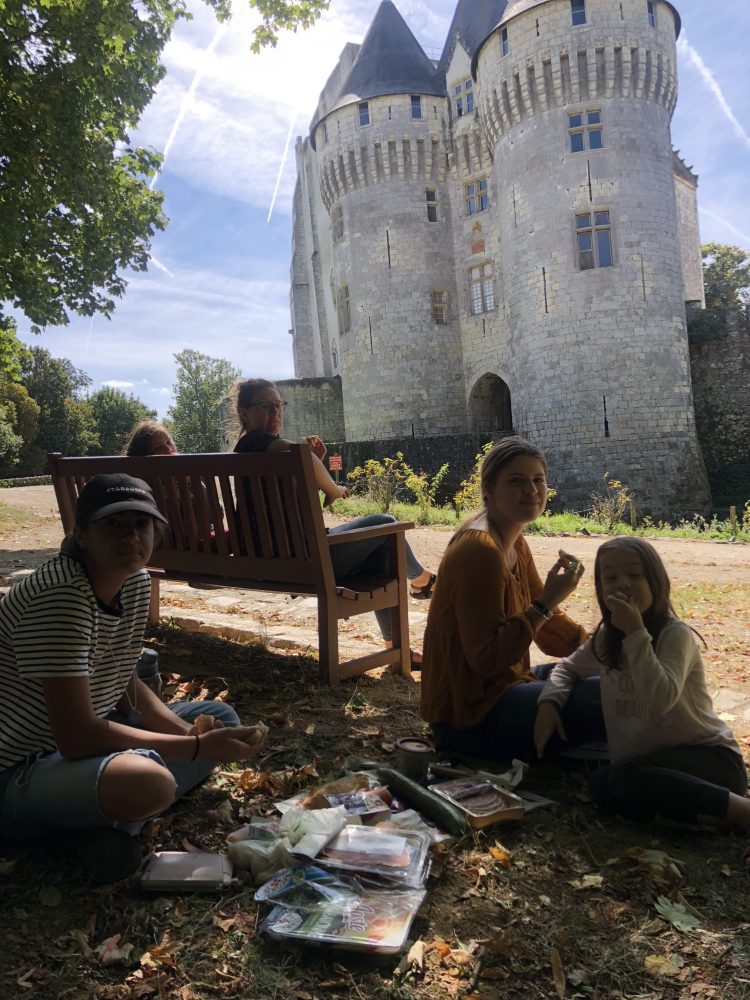
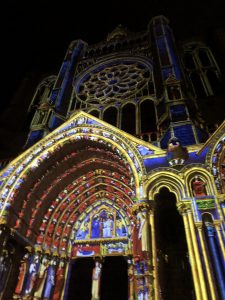
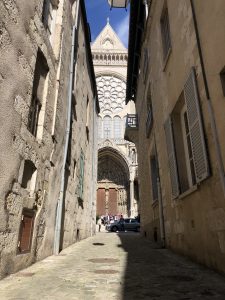
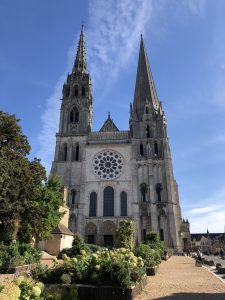
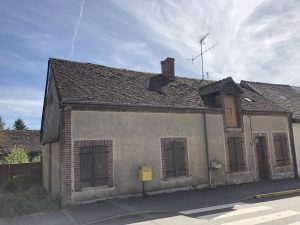
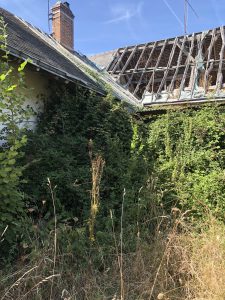
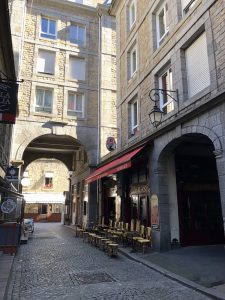
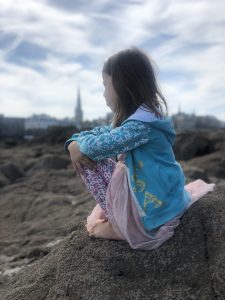
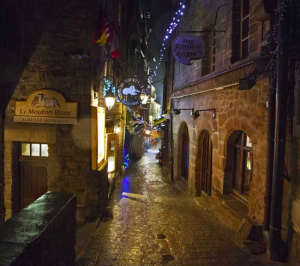
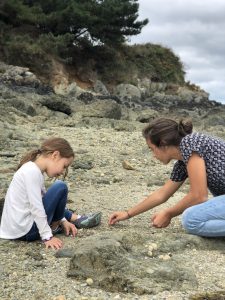
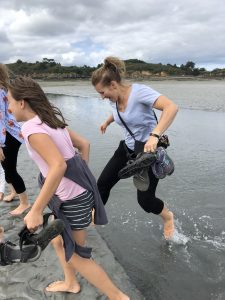
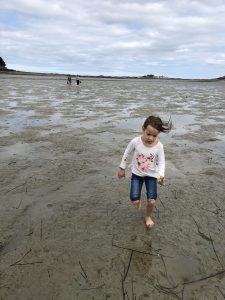
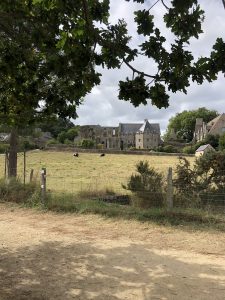
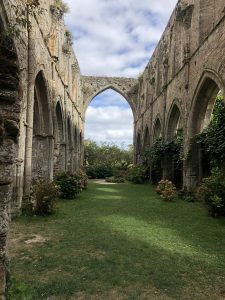
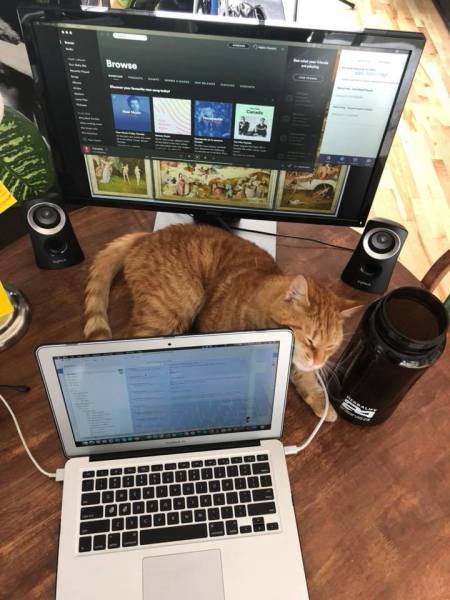
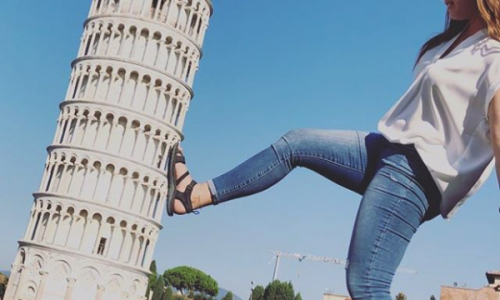
Your blog helps me to better understand the photos. You write well. We are also learning So much. We pray that the rest of your travels will be safe and fun and look forward to more.